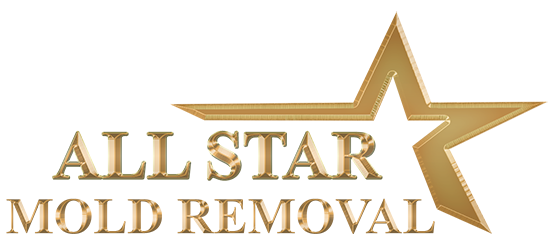If you suspect you have mold in your home, then you should get mold inspection. While you might be able to see mold in your property, mold inspection is a good idea still to know the full extent of the damage and what the best course of action is. Likewise, if you don't see mold, but you have a damp atmosphere in your home and are noticing some of the symptoms of growth, then mold inspection might similarly be a good idea to ascertain this for certain.
Looking for Mold
There are some places you can look for mold yourself though. What you need to bear in mind is that mold likes to gather places where air can't circulate. These 'air pockets' provide safe houses for mold to gather and to proliferate without being disrupted by the air which can dry the mold out. Thus this is where you need to look first and foremost when searching for mold.
These air pockets include spaces behind radiators, wardrobes, curtains and anywhere else where there is a small gap between the wall and the object.
Other common places where mold inspection might find mold are on the ceiling. Mold is common here when it has come through the roof or the walls, or where steam and water vapor have risen.
Certain rooms are also more prone such as bathrooms, simply due to the amount of hot water being used and being splashed around in the bathroom and this can also cause water damage. Look up on the ceiling in these areas and you might find that you have mold collecting on the roof.
You might also notice mildew which can be a sign. Removal of mildew is important as is mold, and this can be found on furniture and other fittings.
Mold You Can’t See
Mold can also gather in places you can’t see however. For example, mold might affect the underside of your carpet, it might affect your floorboards, or it might find its way behind cupboards and under beds. Pulling out your furniture for a mold inspection is a good idea then, but you might also need a certified mold inspector to help you carefully knock through walls and find other hidden spaces in your property.
If you have had a recent leak, or if there are areas of your home that are particularly damp, then mold is more likely to be collecting here.
What Does a Mold Inspect Do?
As well as looking for mold in inaccessible areas, a mold inspector can use a number of different tools in order to track down hidden mold sources. For example, they might use infrared sensors which can help it to show up. Likewise, they can use testing kits to find out if you have a mold problem.
A mold inspector can essentially give you peace of mind, knowing that your home is healthy and clean for you and your family. From there, they can provide remediation/removal services, providing a range of other tools in order to kill the mold completely.
Ensure you check reviews and use a certified mold inspector. This will guarantee a level of expertise. You can’t afford to compromise when it comes to your home and your health!

 855-956-0585
855-956-0585 info@allstarmoldremoval.com
info@allstarmoldremoval.com 

